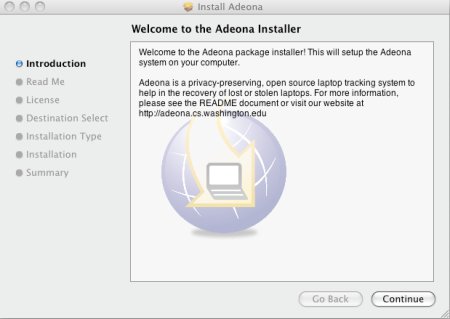
Technology Review turns the spotlight on the open source hardware movement. Open source hardware is hardly a new concept, but lately it’s been getting a lot more attention, with the help of magazines like MAKE and websites like Instructables. Chumby, a company that sells a modifiable cube with a screen, embedded computer, and a Wi-Fi connection, designed their product to be easily hackable. The openness of the product caused a community heavily invested in the product’s development to be created. The growth of such communities has also sparked interest from corporations such as Nokia, which is collaborating with MIT on open source video decoders. They recognized that opening up would cause development time to be reduced and provide greater flexibility, allowing them to allocate resources to other areas, including marketing and brand development. [Jamey Hicks], director of the Nokia Research Center in Cambridge, believes that the open source movement can even complement closed designs, as long as it’s handled appropriately. With greater access to sophisticated software tools and resources, the barriers to entry keep falling away, and it’s much easier for the world to discover the joys of tinkering and hacking.
[photo: Andreas Pizsa]















